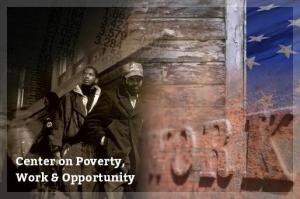Annie Besant, a British socialist and women’s rights activist, worked in support of India’s struggle for independence from colonial rule, even getting elected president of the Indian National Congress, the primary body leading the campaign for democracy in the first half of the twentieth century. She was also a champion of education, setting up colleges in India.
But her views on the “submerged tenth” — the notion that in every society there must be a class of people who engage in the most menial and undesirable of tasks, who are ignorant and unclean, and who are despised by the very society they serve — lent support to the caste system, and in particular the presence of the class of “untouchables” (or Dalits), in Indian society.
Besant was sympathetic to the Dalits — she said “cruel wrongs … have been inflicted” on them. Nevertheless, she sought to implement the British model of a segregated education in India. Suggesting that Dalit children should not go to the same schools as other Indian children, she wrote (‘The Uplift of the Depressed Classes’, Indian Review, February 1909):
“In England, it has never been regarded as desirable to educate boys or girls of all classes side by side, and such grotesque equalising of the unequal would be scouted. Eton and Harrow are admittedly the schools for the higher classes ; Rubgy and Winchester are also schools for gentlemen’s sons, though somewhat less aristocratic.
Then come a number of schools, frequented chiefly by sons of the provincial middle class. Then the Board Schools, where the sons of artisans and the general manual labour classes are taught ; and below all these, for the waifs and strays, are the ‘ragged schools,’ the name of which indicates the type of their scholars, and the numerous charitable institutions.”






 You are a for-profit publicly-traded college. You charge high tuition fees (as much as $44,000 for a 2-year associate degree program). You attract mostly low-income students (your average student earns $18,000 per year and has a credit score under 600 at the time of enrolment). So how does your business model work?
You are a for-profit publicly-traded college. You charge high tuition fees (as much as $44,000 for a 2-year associate degree program). You attract mostly low-income students (your average student earns $18,000 per year and has a credit score under 600 at the time of enrolment). So how does your business model work?
